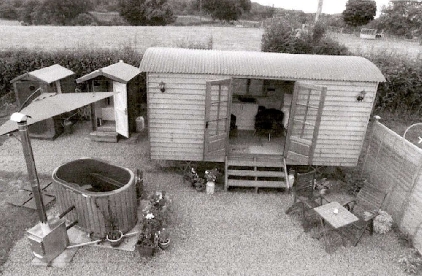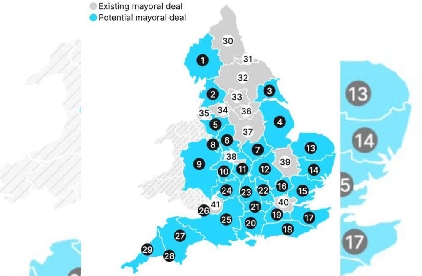
An anaerobic digestion (AD) plant capable of providing gas for 6,000 homes could be built on a Herefordshire farm.
Its backers say this could also help deal with the county’s problem of manure from its many poultry farms, which has been found to harm the county’s rivers.
The application for Whitwick Manor farm, off the A417 northwest of Newtown, is by Nicholas Layton of STL Energy which already owns four other farms in Herefordshire, and operates an AD and combined heat and power (CHP) plant at Court Farm, Hampton Bishop.
STL says it is working on the project with Avara Foods, one of the area’s largest poultry rearers.
“The use of manure from poultry sites throughout Herefordshire and the Wye catchment, many of them associated with Avara, will reduce the risks at many other sites, so that an overall enhancement of water quality through the catchments of the Lugg and Wye is likely,” its application says.
It is also seeking permission for feedstock storage clamps, tanks, lagoons and a wetland filtration system and connection to the national gas grid, together with solar panels on buildings, a grain store and dryer, and new road access onto the A417.
The AD plant would generate enough natural gas to supply about 6,000 homes, or more than 8 per cent of Herefordshire’s housing with a mains gas connection, the application says.
As a source of renewable energy at a time of rising prices and concerns over international supply “this scheme is very much aligned to Government energy policy”, it says.
“It is reasonable to assume that the Government would like the planning process to be supportive of reasonable and appropriate AD development proposals,” it argues.
The plant would take in about 100,000 tonnes of poultry manure a year, along with 16,000 tonnes of apple “pomace”, or residue from cider production, 25,000 tonnes of liquid by-products from the food and drinks industry, and 35,000 tonnes of digestate from the Court Farm plant.
The use of liquid feedstocks would avoid the need to use mains water given the “high volumes of water needed”, the bid says.
When this leaves the plant, a system of “nutrient stripping” and use of a lagoon and reed beds “will ensure that the water entering the catchment of the river Lugg, and thus that of the river Wye is sustainable”, it claims.
Heat generated by the AD process would meanwhile be harnessed to dry grain from Whitwick Manor and other farms in a new dryer, though there would also be backup boilers for this task, power by gas from the AD.
The attached store would be capable of storing 20,000 tonnes of grain, to then mostly be used as poultry feed, rather than as feedstock for the AD plant.
The scheme would give rise to four full-time jobs.
An open evening held at the nearby Burley Gate Village Hall in June, “to allow informal discussion” on the plan with the applicant and his consultants, drew around 90 members of the public.
Comments on the planning application, numbered 222728, can be made until October 22.


 Lakefest 2025: Saturday night headliner announced
Lakefest 2025: Saturday night headliner announced
 Four charged with shoplifting offences in Hereford
Four charged with shoplifting offences in Hereford
 Rural cottage can be replaced with seven-bedroom house
Rural cottage can be replaced with seven-bedroom house
 'Guest favourite’ holiday let refused permission
'Guest favourite’ holiday let refused permission
 Decision on 350-home city plan *could* be imminent
Decision on 350-home city plan *could* be imminent
 Hereford football club name change rejected
Hereford football club name change rejected
 Concern over cross-border Metro Mayor idea
Concern over cross-border Metro Mayor idea
 Plans for new training building at Hereford County Hospital
Plans for new training building at Hereford County Hospital
